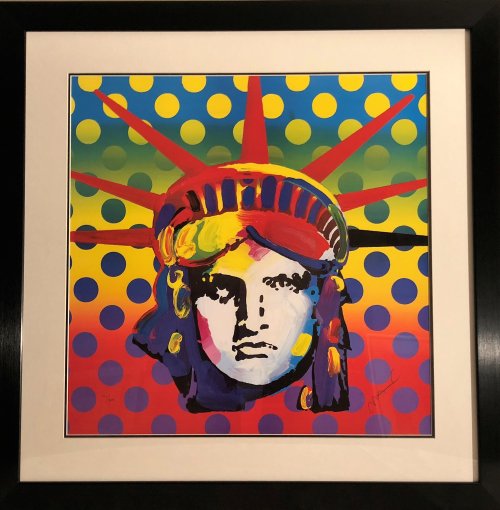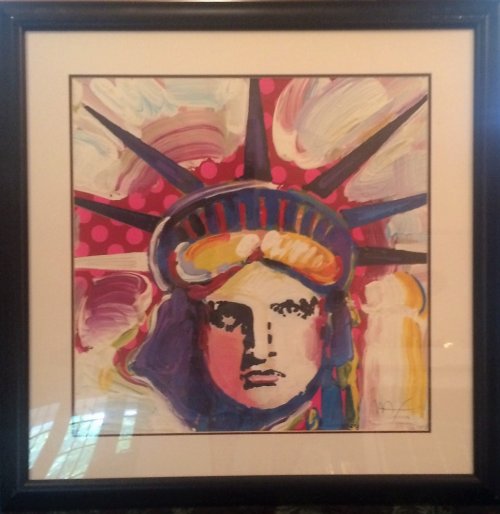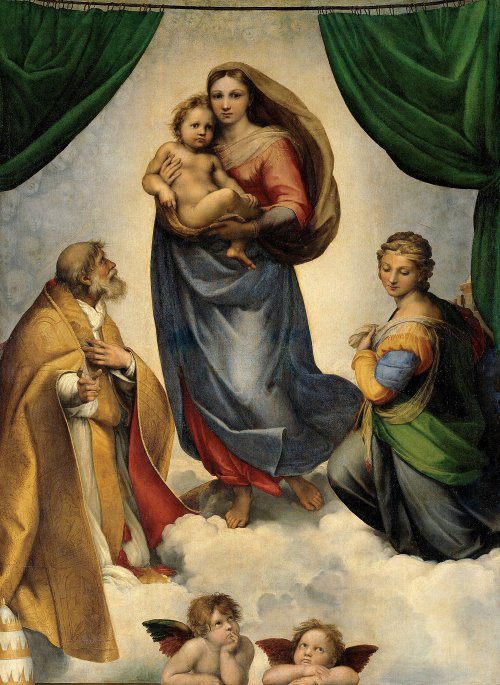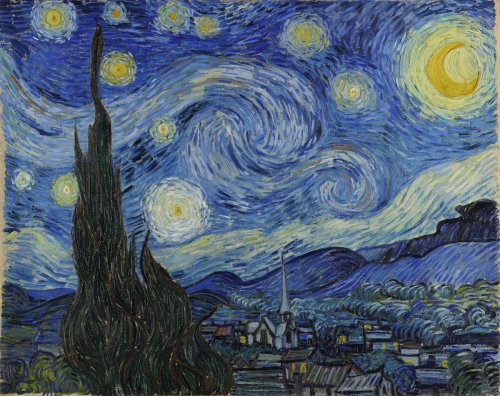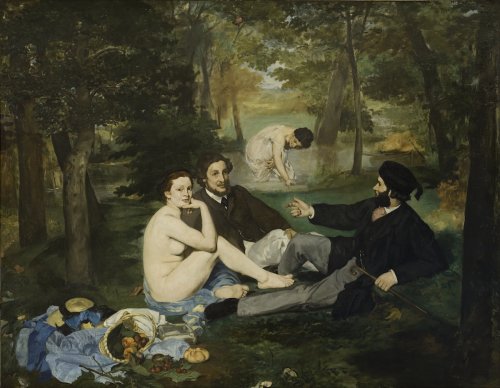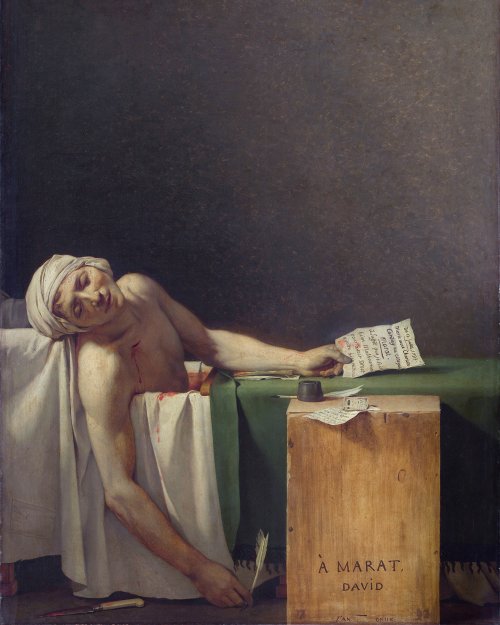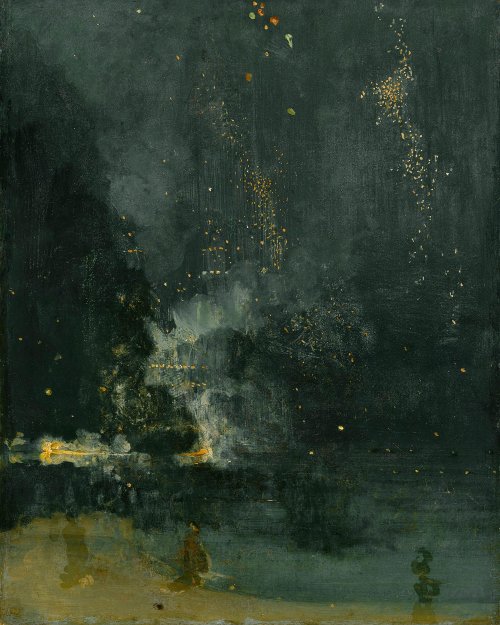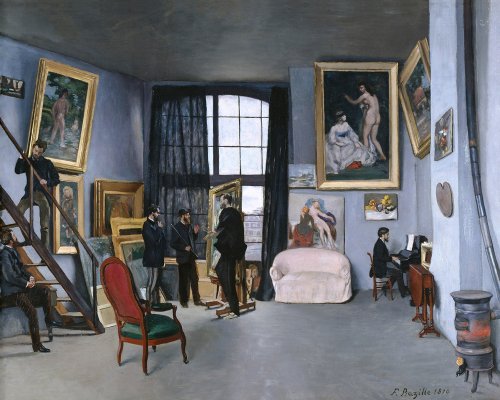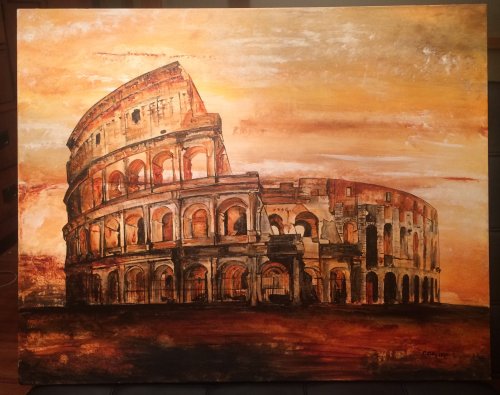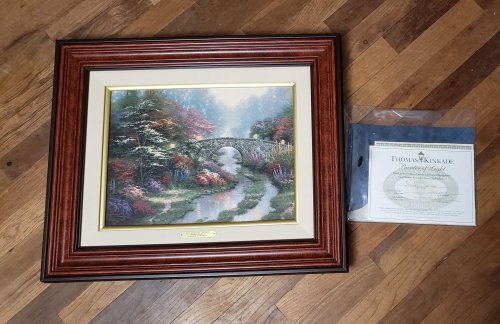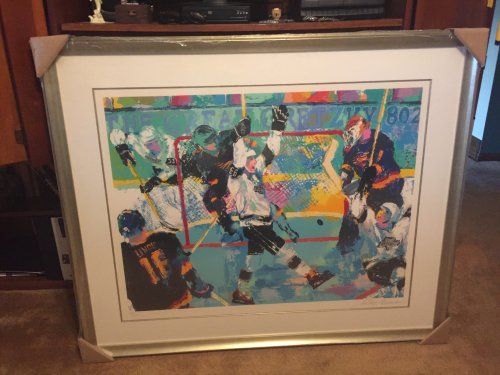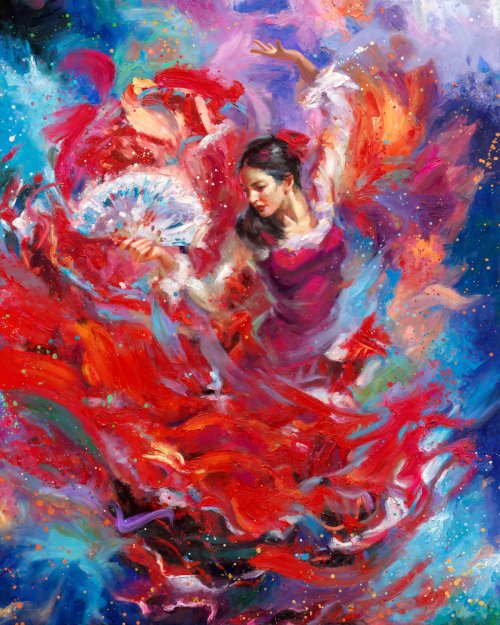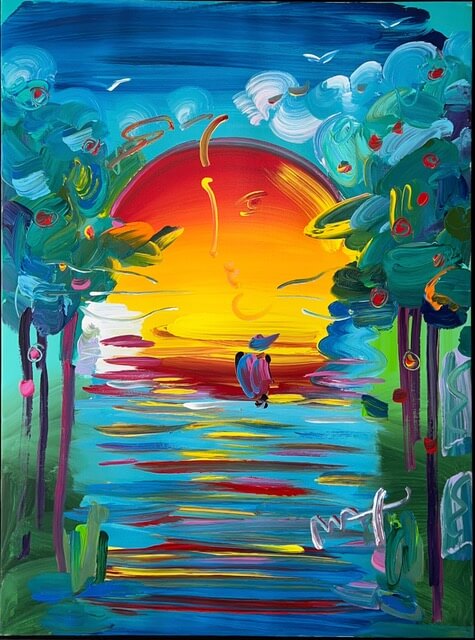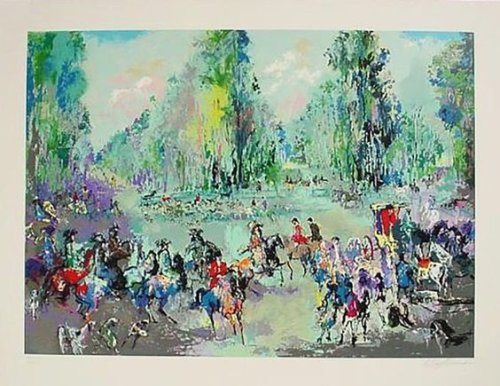-
The Sistine Madonna, also called the Madonna di San Sisto, is an Italian Renaissance oil painting by the Italian artist Raphael. The painting was commissioned in 1512 by Pope Julius II for the church of San Sisto, Piacenza, and probably executed c. 1513–1514. In the artwork, the Madonna, holding Christ Child and flanked by Saint Sixtus and Saint Barbara, stands on clouds before dozens of obscured putti, while two distinctive winged putti rest on their elbows beneath her.
The canvas was one of the last Madonnas painted by Raphael.
The painting was moved to Dresden in 1754 and is well known for its influence on the German and Russian art scenes.
-
The Starry Night is a post-impressionist oil-on-canvas painting by the Dutch Post-Impressionist painter Vincent van Gogh. Painted in June 1889, it depicts the view from the east-facing window of his asylum room at Saint-Rémy-de-Provence, just before sunrise, with the addition of an imaginary village. Widely regarded as Van Gogh’s magnum opus, The Starry Night is one of the most recognizable paintings in Western art.
In the aftermath of the 23 December 1888 breakdown that resulted in the self-mutilation of his left ear, Van Gogh voluntarily admitted himself to the Saint-Paul-de-Mausole lunatic asylum on 8 May 1889. The Starry Night was painted mid-June by around 18 June, the date he wrote to his brother Theo to say he had a new study of a starry sky. It has been in the permanent collection of the Museum of Modern Art in New York City since 1941.
The piece symbolizes Van Gogh’s deteriorating mental state and is estimated to be worth over 100 million dollars.
-
Le Déjeuner sur l'herbe / The Luncheon on the Grass – originally titled Le Bain (The Bath) – is an impressionist oil on canvas painting by Édouard Manet created in 1862 and 1863.
It depicts a female nude and a scantily dressed female bather on a picnic with two fully dressed men in a rural setting. Rejected by the Salon jury of 1863, Manet seized the opportunity to exhibit this and two other paintings in the 1863 Salon des Refusés, where the painting sparked public notoriety and controversy. The artwork broke away from the classical view that art should obey established conventions and sought to achieve timelessness.
The work is now in the Musée d’Orsay in Paris. A smaller, earlier version of the image is currently exposed at the Courtauld Gallery, London.
-
he Death of Marat, also known as “La Mort de Marat or Marat Assassiné” in French, is neoclassicism artwork at its best.
The 1793 painting by Jacques-Louis David depicts the artist’s friend and murdered French revolutionary leader, Jean-Paul Marat. One of the most famous images from the era of the French Revolution, David painted it when he was the leading French Neoclassical painter, a Montagnard, and a member of the revolutionary Committee of General Security. Created in the months after Marat’s death, the painting shows Marat lying dead in his bath after his murder by Charlotte Corday on 13 July 1793. Art historian T. J. Clark called David’s painting the first modernist work for “the way it took the stuff of politics as its material and did not transmute it.”
The painting is in the collection of the Royal Museum of Fine Arts of Belgium. A replica, created by the artist’s studio, is on display at the Louvre.
-
First shown at the Grosvenor Gallery in London in 1877, it is one of two modern impressionist artworks (the other being Nocturne in Black and Gold – The Firewheel) inspired by the Cremorne Gardens, a celebrated pleasure resort in London. One of his many works from his series of Nocturnes, it is the last of the London Nocturnes and is now widely acknowledged to be the high point of Whistler’s middle period. Whistler’s depiction of the industrial city park in The Falling Rocket includes a fireworks display in the foggy night sky. His detractors deemed the painting too slapdash, incomprehensible, and even insulting.
This priceless artwork is currently located at the Detroit Institute of Art in Michigan.
-
Bazille's Studio (L'atelier de Bazille) is an 1870 painting by the French impressionist Frédéric Bazille in collaboration with Édouard Manet. It has been kept at the Musée d’Orsay in Paris since 1986. It shows the artist himself surrounded by his friends in his studio, including the painters Édouard Manet and Pierre-Auguste Renoir.
Bazille shared a studio on the Rue de la Condamine with Renoir from January 1868 to May 1870. The tall Bazille is center stage, holding a palette, having in his own words been “painted in by Manet.” On the right, Edmond Maître, a friend of Bazille, is seated at the piano under a Monet still life. Manet is talking to Bazille and Renoir is seated.
All the wall-mounted pictures surrounding are ones that were rejected at some time by the Salon and for which Bazille is expressing his support. This artwork is currently located at the Musee D’Orsay in Paris, France, and has yet to be appraised.

